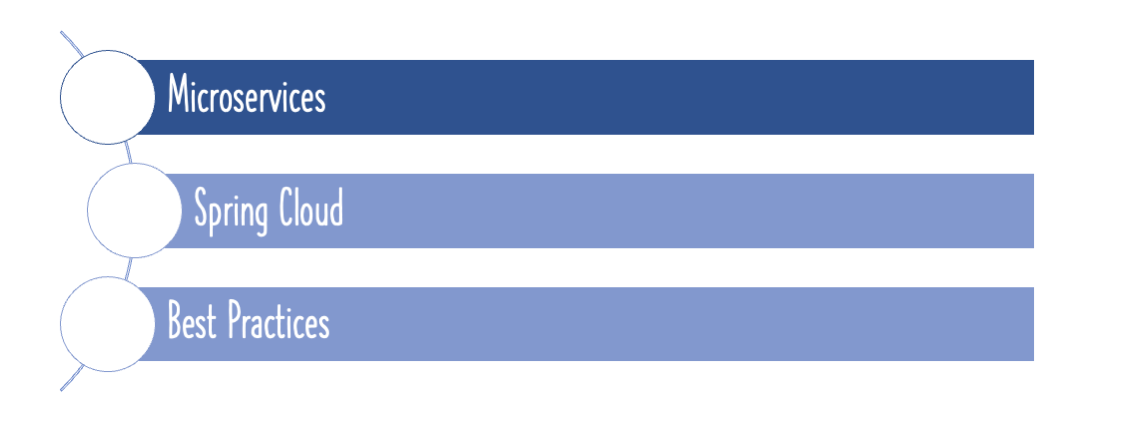Design Pattern in Microservices
Hello and welcome to in28minutes.com. We’ll look at some of the intriguing Decomposition Design Patterns in a microservices architecture in this article.
Decomposition Design Patterns
The deconstruction design pattern (i.e. breaking down an application into tiny independent microservices) is based on the following capabilities in the actual world of microservices: -
- Business capacity decomposition
- Subdomain decomposition
- Transactional decomposition
- Strangler or the Vine pattern
- Bulkhead pattern
The primary goal of this design pattern is to -
- Obtain an independent team and services
- Stay away from distributed monolithic architecture.
- Avoid application-wide cascade failures.
- Reduce the complexity of business logic.
Now let us go ahead and understand the important ones.
Business capacity decomposition
- This is the simplest of all patterns accessible under the deconstruction design pattern umbrella, as far as architects are concerned -
- Determine the company’s capabilities.
- Define the services required for those business capabilities.
Subdomain decomposition
- It is a design pattern that adheres to the domain-driven approach, in which the individual microservices are loosely connected and less coherent.
- This pattern is composed of four stages, namely
- Analyze the Domain - Choose a specific region, component, or problem that will be addressed through software enhancement.
- Identify SubDomain - Break Download the specific item in smaller portions to discover the issues that need the adoption of a software solution.
- Define the Bounded Contexts - Bounded context refers to determining the limit of a certain business capability. This stage aids in the identification of domain models and qualities required in each model. Remember that this phase aids in the definition of the Domain Model Pattern and Aggregate Pattern.
- Design Microservices - Each constrained context generated in Step 3 corresponds to a separate microservice that is reliant on a business context. Each microservice should not have any overlap with other constrained contexts.
Strangler Design Pattern
- The Strangler design pattern is one of many that allows you to quickly divide a large monolithic application into smaller independent microservices.
- Allows for the progressive disintegration of a monolithic programme by replacing a specific component with a standalone microservice.
- Aids in the implementation of test-driven development with the greatest level of Code Quality, Business Logic, and Sonar Analysis.
- Follow the Transform, Co-exist, and Eliminate strategy.
- Transform refers to the creation of a new independent component.
- Co-exists refers to both new and old components operating in tandem.
- Eliminate means to remove the old component and replace it with the new component.
- Monolithic component selection for refractor -
- If you’re a beginner, start with the simplest component or,
- Choose a sonar component with high coverage and little technical debt or,
- Choose the component that is most appropriate for cloud architecture and has scalability needs. or,
- Choose the component that has the least amount of business effect and requires frequent deployment.
Bulkhead Design Pattern
- The Bulkhead design pattern is one of several that aids in the creation of failure-tolerant programmes.
- Application elements are segregated into pools in this design so that if one fails, the others will continue to operate.
- This pattern aids in the resolution of quality concerns like as -
- Failure propagation occurs because the elements are separated and do not share resources (like Storage, Synchronous Service-to-Service calls, Hardware, etc.)
- Noisy neighbours are those in which the aberrant use of resources by one element has no effect on the other parts of the bulkhead design pattern.
- Unusual demands from elements with unexpected requirements
- Provides benefits such as -
- Consumer and service isolation against cascade failures
- Allows for the preservation of certain functionality in the case of an element failure while other elements continue to function normally.
- Allows for the deployment of services that provide varying levels of service quality to application consumers.








